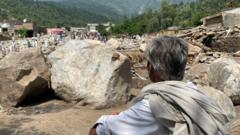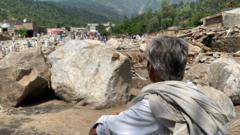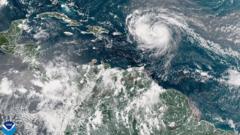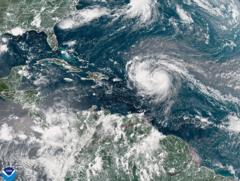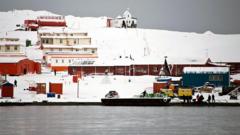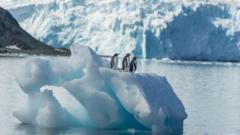The Antarctic region is experiencing a concerning phenomenon: increasing salinity levels in surrounding ocean waters are contributing to the accelerated melting of sea ice. According to a groundbreaking study published in the *Proceedings of the National Academy of Sciences*, this change in salinity may clarify the recent decline in Antarctic sea ice observed over the past decade, highlighting a significant shift in a once stable climatic trend.
The research, led by Dr. Alessandro Silvano, a senior scientist at the University of Southampton, emphasizes the vast implications this trend might hold for global warming and sea-level rise. "The impact of Antarctic ice is massive in terms of sea-level rise, in terms of global warming, and therefore, in terms of extremes,” Silvano stated, underscoring the critical nature of these findings. He noted that humanity is transitioning into “a new system, a new world,” as climate patterns evolve.
Sea ice plays a crucial role in reflecting solar radiation, thereby moderating global temperatures. Historically, the Arctic has seen a sharp reduction in sea ice since the late 1970s, but the Antarctic's ice cover remained relatively stable until the 2010s. This newfound decrease sends alarm bells ringing for scientists, prompting a closer examination of the salt concentrations in surface waters around Antarctica.
Utilizing advanced satellite technology, the researchers were able to detect subtle changes in seawater salinity, initially doubting the accuracy of their findings. However, corroborating data from oceanic instruments confirmed the trend, indicating that the increase in salinity is indeed real and has a tangible impact on the sea ice.
With such dramatic changes underway, it is clear that continued observation and research are necessary to fully understand the relationship between salinity, sea ice, and broader climate patterns—making the Antarctic a critical focal point in the global fight against climate change.





